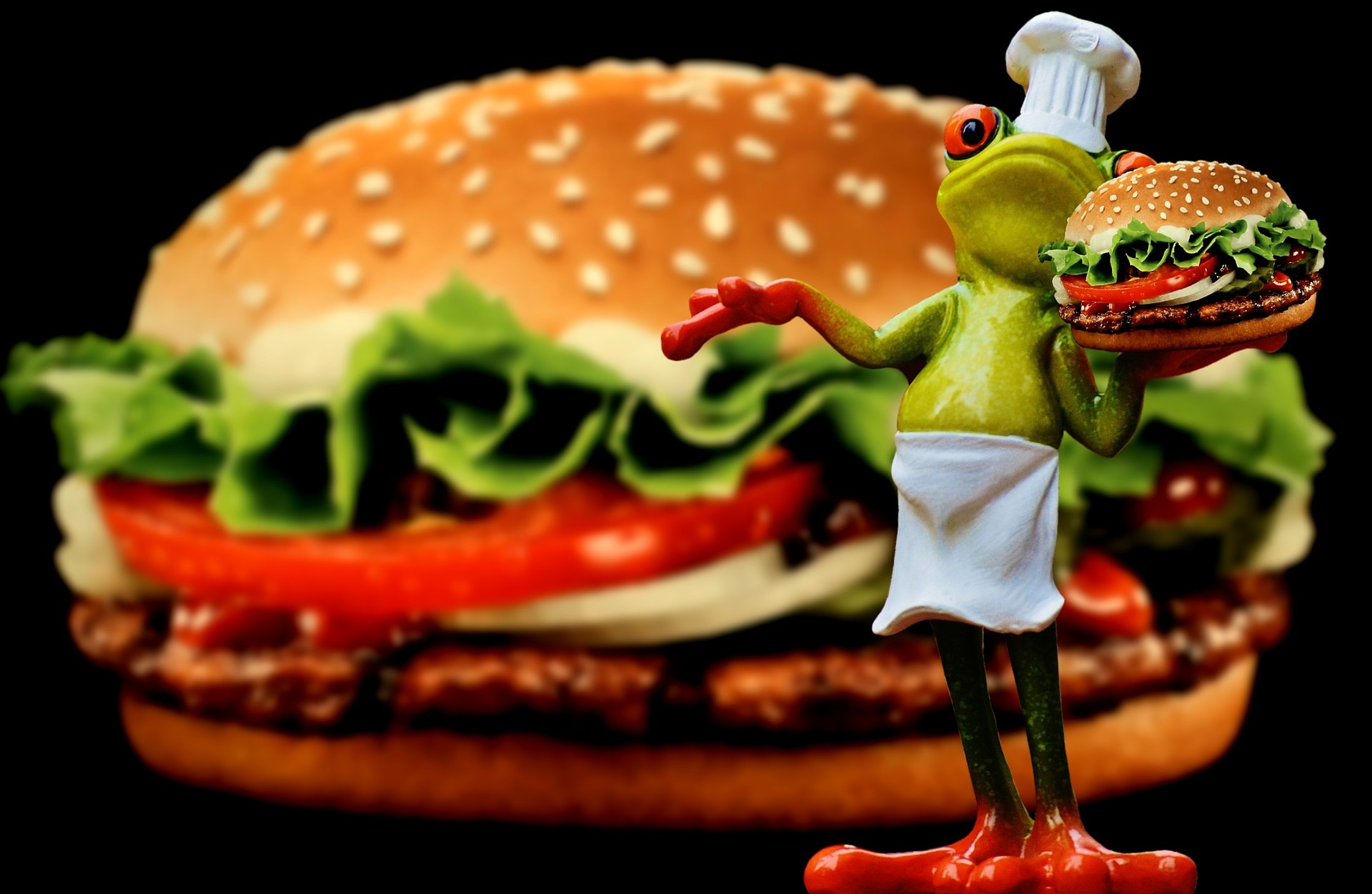How Online Ordering Is Affecting Your Restaurant

Today’s technology has connected consumers to businesses more seamlessly and conveniently than ever before. Consumers can buy virtually anything they want with just a few clicks and that includes food. In fact, in less than five years, digital ordering and delivery has grown 300 percent faster than dine-in traffic.
Leaving the house, even to eat, can be a project – even more so if you have children. Cooking for children can be even more of a pain after a long day at the office. This is why nearly 60 percent of U.S. consumers order food online at least once a week on average.
Delivery growing faster than foot traffic can be less than ideal for some restaurants, but for others, it’s a game changer. Let’s take a look at what online ordering can do to your business.
Online and Mobile Ordering
If you’re interested in implementing online and mobile ordering into your restaurant’s sales, you have options. You could pay a fee to list yourself on a third-party app, like GrubHub or Postmates, but many people still prefer ordering directly through a restaurant than from a third-party app.
To satisfy the demand of online ordering and delivery, you need to improve the technology you’re using to offer your meals. You could build your own app if you’re a larger chain. Or, you could invest in online and mobile ordering that is built right into your restaurant’s point of sale software.
If you go the advanced POS system route, you’ll have all your abilities of making sales and taking payments in-house, along with the ability to do the same remotely. The system will also streamline other areas of your restaurant, such as inventory control and food safety, likely improving revenue.
Adapt and Evolve
Adapting and evolving is critical in the food industry, and information forms a big part of that picture nowadays. When you add the ability to order your products online, you can also collect valuable user data (although do be aware of data protection legislation, such as the EU’s GDPR). With this data, you can learn, analyse, and track your customer’s needs and wants, allowing you to adapt and evolve your restaurant’s product offerings. The data might show you:
• What location they are ordering from,
• What device they are using,
• How they got to your menu,
• Whether or not they are a frequent customer and if so, what are their favorites,
• And more…
Marketing
Business owners strive to find creative marketing strategies to stay competitive. Tracking and analyzing online ordering behaviours can help you identify what type of device your customers order from or what website or app they used before ordering from your restaurant. This data can help shape your marketing spend. Say you see a consistent influx of customers from Facebook, maybe you should alter the budget on a different platform to increase traffic there.
Delivery
While online food ordering doesn’t require delivery, most customers expect it to; therefore, if you are considering adding online ordering, you should also consider adding a delivery service, such as Uber Eats.
Whether you decide on offering delivery services in-house or through a third party, delivery service in itself is an invaluable tool for both you and the customers – 63 percent agree that food delivery service is “more convenient than dining out with a family.”
Online food ordering paired with delivery service is more than just a popular trend. It is now becoming a way of life in this extremely busy world. How does this affect your restaurant business? Well, if this is what consumers want and you don’t have the option, they will simply order elsewhere. Consequently, this may lead to losses in revenue.
A Final Thought
But don’t let technology blind you to the basics. At the core of any restaurant’s success is its customers, and good, old-fashioned customer service, be it online or off, is the way to keep your business thriving.